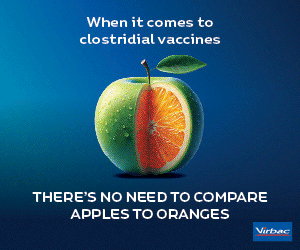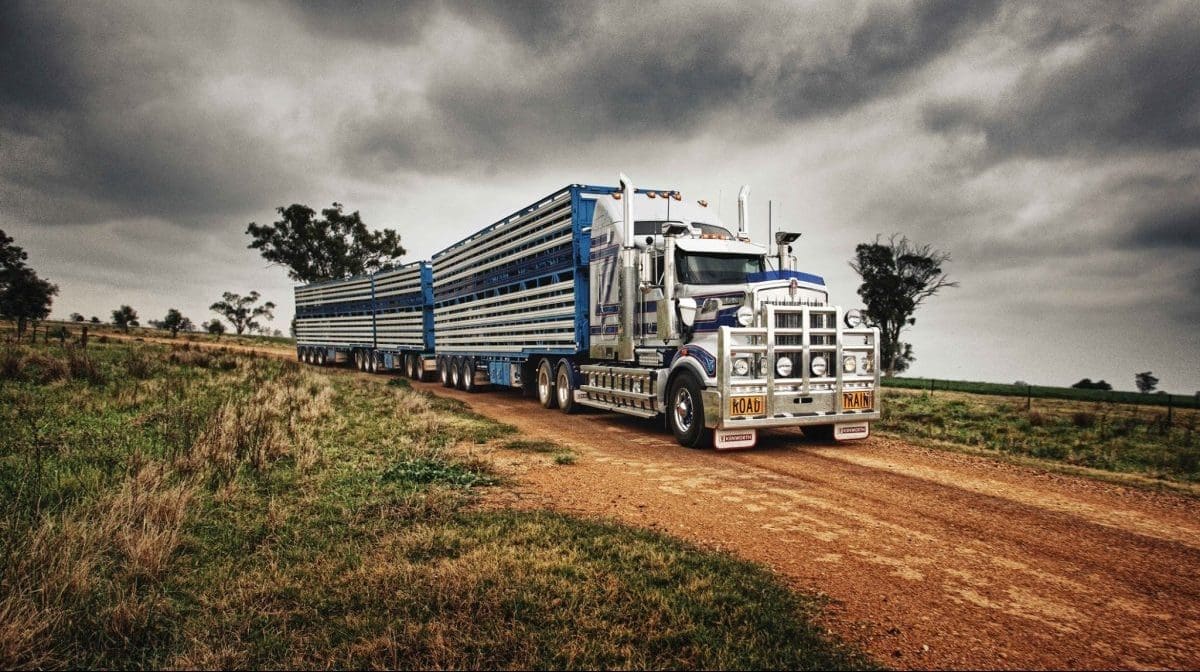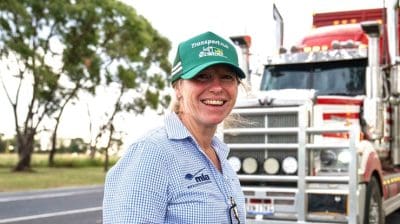Meat & Livestock Australia (MLA) has formed a Transport Sustainability Taskforce with red meat supply chain representatives to measure animal movement and animal welfare metrics for the livestock road transport industry.
The Taskforce will guide the domestic livestock transport industry’s focus on three pillars: animal welfare, supply chain efficiency, and education and training. It will identify and evaluate practical animal welfare indicators to track and report sheep and cattle welfare throughout the road transport chain.
Annual tracking of animal movements, animal welfare status and overall performance will build transparency and highlight areas for improvement.
Data will be reported in the Australian Beef Sustainability Framework and Sheep Sustainability Framework.
Meat & Livestock Australia’s (MLA) Project Manager Animal Wellbeing, Sharon Dundon, said the taskforce consisted of people from across the supply chain including producers, saleyards, agents, transporters, retailers and processors, bringing expertise in science, industry knowledge and practical experience.
“Across the country, trucks are transporting livestock daily. It’s crucial for the entire industry to proactively collaborate, ensuring we do right by our animals and our industry, “Ms Dundon said.
“This taskforce is bringing the industry together, helping people understand their roles and responsibilities for livestock transport. It is also helping improve the understanding that best practice livestock transport comes down to good preparation.”
The draft strategy was recently shared with transporters at the Australian and NSW Rural Transporters Associations’ joint conference in Canberra and will be shared for consultation with supply chain stakeholders over the coming months.
Chair of the Australian Beef Sustainability Framework Patrick Hutchinson is a member of the group and said the taskforce was needed to provide a supply-chain wide approach to considering the risks and opportunities for domestic livestock transport.
 “Without livestock transport there is no red meat industry,” Mr Hutchinson said.
“Without livestock transport there is no red meat industry,” Mr Hutchinson said.
“All parts of the supply chain are connected by the industry’s livestock logistic systems.”
Mr Hutchinson said he hoped the taskforce would lead to greater recognition of the vital role transport plays in the supply chain as well as considering how challenges can be solved.
“The taskforce fosters a collaborative approach across the supply chain, ensuring transporters feel involved and confident in playing their critical role,” Mr Hutchinson said.
“When everyone is working towards the same goals, and focussing on actions in their own specific areas, this creates improved outcomes overall, benefiting everyone.”
MLA Transport Hub
The taskforce has been created one year since MLA launched the Transport Hub website as a one stop education resource for livestock transport by road in Australia in March 2024.
To learn more about the taskforce and the Transport Hub visit: Transport Hub.
The taskforce was formed as part of an Australian Government grant funded project being delivered by MLA through the National Agriculture Traceability Sustainability Reporting Uplift Program.
Developed in consultation with operators, the hub has had more than 36,000 visits since launch in March last year, building awareness and knowledge of the importance of preparation for livestock transport by road in Australia.
Sharon Dundon, MLA Project Manager for Animal Wellbeing Research, Development and Adoption, said the hub is part of a broader strategy bolstering the role of transport in ensuring the sustainability of the red meat industry.
“Livestock transport is very visible and we need to be proactive and work together to get it right for our animals, our drivers and our industry.
“The hub is one of a number of steps we’re taking to help everyone understand their roles and responsibilities for livestock transport and understand that best practice livestock transport comes down to preparation.”
The Transport Hub features best practice guidelines on preparing different classes of sheep, cattle and goats for their intended journey.
“We’ve been speaking with people from across the red meat value chain and telling the stories of good operators.
“The common thread of good operators is good preparation. Generally, if animals are prepared well, they will travel well,” Sharon said.
Emma Sloan from Sloan’s Livestock Transport in Queensland attended an event and heard about the Transport Hub. Now, she passes the Transport Hub link on to her expansive network.
“We’ve sent it to all our clients. We let them know this is how we want their animals prepared for transport,” Emma said.
“We found the loading requirements information particularly useful.”



HAVE YOUR SAY